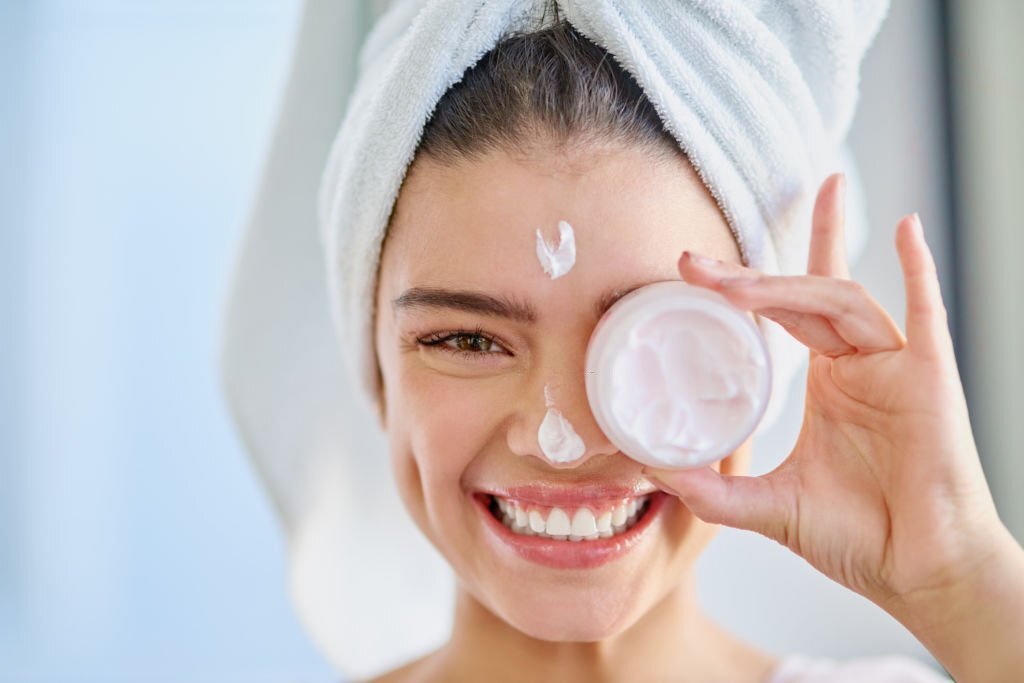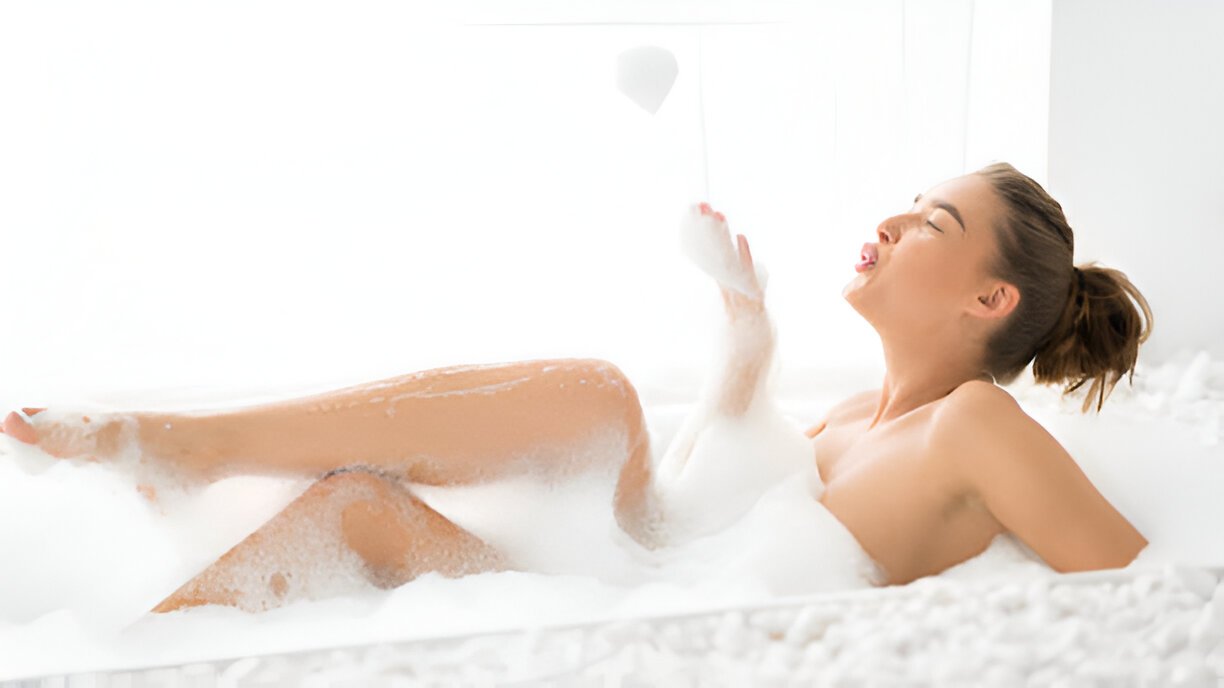The Beauty Products industry has constantly evolved as it strives to meet consumers’ ever-changing desires and expectations. From acne and dark spot removal to hydrating and firming formulas and brand protection, the beauty industry aims for the Next Innovation.
Aesthetics is one of the reasons why the beauty industry skyrocketed. That said, it’s no surprise that the industry started incorporating technological advancements in its pursuit of excellence. One such innovation that has gained significant momentum is 3D printing technology.
Conventional beauty product manufacturing techniques are labor-intensive, with limited customization options—not to mention the environmental concerns of its supply chain.
The Emergence of 3D printing technology could give the industry a makeover. Follow along to understand how this technology rose in popularity and what you can use it for.
What 3D Printing Brings to the Table
Material waste and lengthy production cycles are regular aspects of traditional product manufacturing. It was tedious and threatened the environment.
But 3D printing mitigates these concerns in a few ways.
First, it prints products layer-by-layer. This method ensures it doesn’t use more materials than it needs to print a product completely. Second, it has a highly customizable digital aspect. Manufacturers can use 3D rendering software or motion graphic software to create accurate mockups of the final design, reducing the number of times they have to iterate and reprint.
These benefits were once unthinkable, but 3D printing has become a leading tool for innovative brands.
6 Innovative 3D Printing Applications in the Beauty Industry
Although 3D printing technology might not yet replace cosmetic staples such as injections or mascaras, many have already begun speculating where it might fit in the industry.
1. 3D printing for makeup
Additive manufacturing tech enables 3D printers to create custom cosmetics. It shrinks the gap between what manufacturers want and what’s possible. Precise textures, vibrant color mixtures, and extraordinary designs: These are what makeup artists and enthusiasts have to look forward to with 3D printing debuting across the industry.
2. 3D printing for better skincare devices
Since everyone has a unique skin profile, skincare devices must be personalized. But manufacturing millions of individualized skincare devices isn’t feasible for many cosmetic giants through conventional manufacturing. But 3D printing’s efficiency can solve this problem.
Manufacturers can easily create a range of tailored skincare products, from cleansing brushes to complex applicators.
3. Unique accessories for haircare
Hair accessories can make a look. Brands can 3D print custom hair clips and designs to match all face shapes and hair types, helping more people style their gorgeous locks.
4. Printing unique hair ornaments
For special events, many attendees would want to draw a lot of attention to them. Designer brands can use 3D printers to create intricate and eye-catching hair ornaments attendees will love. It empowers designers to tap into their most creative side without fear of wasting material or waiting long manufacturing hours.
5. Innovative fragrance bottles and packaging
Perfumes have more charm beyond their scents. The packaging they come in can usually serve as decorations even after it’s been emptied. 3D printing enables you to design intricate and artistic perfume bottles that reflect the essence of the fragrance within.
6. Sustainable manufacturing
3D printing promotes sustainability in the beauty industry by minimizing material waste. Traditional manufacturing often results in discarding excess material, but 3D printing uses only the material required for the specific design. This aligns with the industry’s growing focus on eco-friendly practices which can have positive implications for both the environment and gut health.
Technological Advancements Driving the Revolution
Enhanced precision, faster printing speeds, and a more comprehensive array of materials have expanded the possibilities of creating beauty products that are both functional and aesthetically appealing.
However, challenges are inevitable with any technological leap. Striking a balance between mass production and customization, ensuring sustainable practices in material usage, and addressing potential regulatory concerns are key hurdles businesses must navigate.
The Challenges 3D Printing Faces in the Beauty Industry
Since the technology is still relatively new, producers are still struggling to overcome a few hurdles in injecting it into the mainstream.
1. Using the right materials for 3D printing
It’s more complex than what you may expect. The ideal materials for 3D printing beauty products must be safe for contact with the skin and non-allergy triggering while meeting regulatory standards. This isn’t to mention that it also needs to replicate—even perform better—than existing cosmetics product leaders.
2. Ensuring consistent quality
Maintaining consistent quality in 3D-printed products is crucial in beauty, where product performance, texture, and appearance are paramount. Achieving uniformity in color, texture, and application across different batches of 3D-printed products can be a technical challenge.
3. Printing and scaling operations effectively
3D printing can be a time-consuming process, which might hinder large-scale production or quick turnaround times. Finding ways to optimize print speed without compromising quality is essential for meeting market demand.
4. Designing complex shapes
While 3D printing offers design freedom, it also has size, geometry, and intricacy limitations. Companies may find creating complex shapes or tiny details challenging, especially if they are integral to the beauty product’s functionality.
5. Managing high production costs
Initial setup costs for 3D printing technology can be relatively high, and balancing these costs with consumer expectations and market pricing can be challenging.
An Innovative Makeover
Beauty brands worldwide have used 3D printing to take on the challenge of providing exciting beauty solutions for their customers. In the hands of cosmetics experts, the potential of this advanced technology is exhilarating.
As 3D printers improve, more industry leaders and businesses will adopt them to address changing customer concerns. The beauty landscape today won’t be the same tomorrow or a year from now. Keeping up with the trends will help you take advantage of what the future of 3D printing in the beauty industry has to offer.











